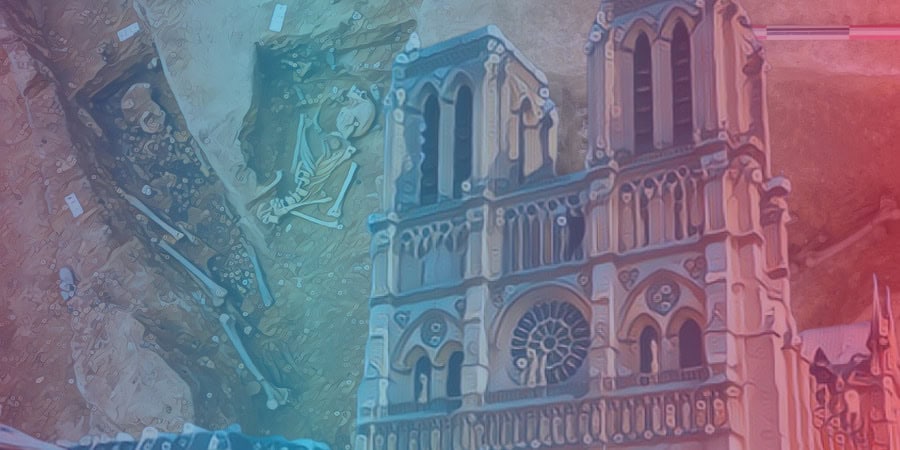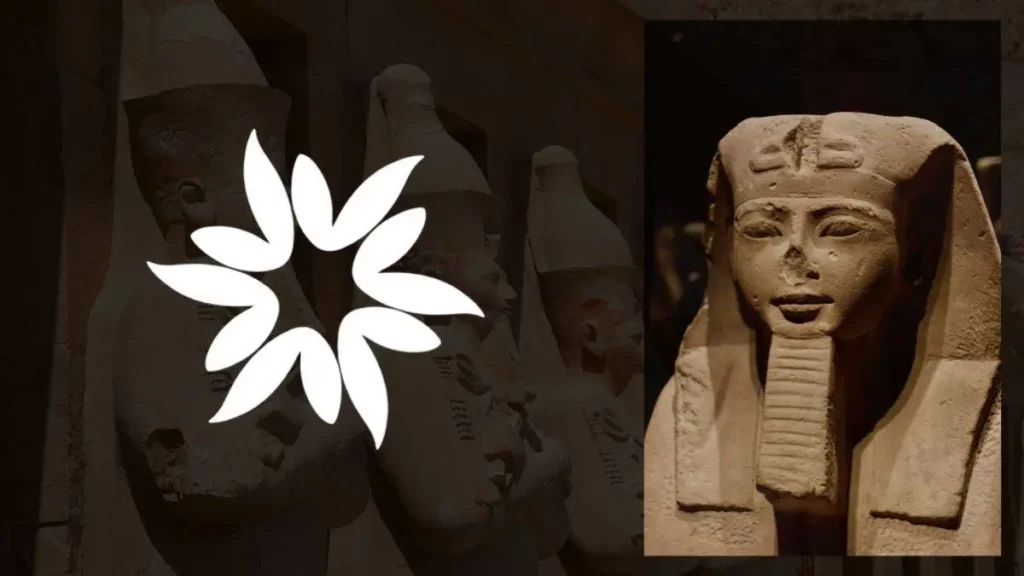Key Takeaways
- Preventative excavations near Paris's Notre Dame Cathedral have led to the discovery of 50 graves from the ancient Roman town Lutetia, once inhabited by the Gallic Parisii tribe, providing a rare window into Paris's ancient history.
- The Saint-Jacques necropolis provides a wealth of information about ancient Parisians, their lives, and their beliefs, allowing modern researchers to access a wealth of knowledge about ancient Paris that was previously neglected.
- The rediscovery of the Saint-Jacques necropolis corrects a historical oversight from the 19th century and allows us to better understand the cultural, religious, and social practices of the Parisii, who lived under Roman rule and adopted many of their customs.
- The discovery of the ancient graves in the heart of Paris has had a profound impact on the city, with locals and tourists alike expressing interest in learning more about their past.
- The ongoing excavation and analysis of the Saint-Jacques necropolis site requires a collaborative effort among archaeologists, historians, geneticists, and other experts from various fields, highlighting the importance of preserving and protecting cultural heritage sites.
Recent preventative excavations near Paris’s Notre Dame Cathedral have led to the remarkable discovery of 50 graves from the ancient Roman town Lutetia, once inhabited by the Gallic Parisii tribe.
These findings shed light on the long-forgotten Saint-Jacques necropolis, first unearthed in the 19th century but overlooked at the time due to a focus on valuable artifacts rather than the skeletons.
A Window Into Paris’s Ancient Past
Dominique Garcia, president of France’s National Institute of Preventive Archaeological Research (INRAP), expressed the significance of these findings, explaining that they provide a rare window into Paris’s ancient history.
By studying the funeral rites of the Parisii, archaeologists can gain a broader understanding of the people living in Paris during the second century.
The skeletons found at the site include men, women, and children, with many graves containing small objects, such as ceramic and glass cups, jugs, and remains of clothing.
Funeral Rites and Offerings
The Parisii were known to burn their dead in wooden coffins, leaving behind only fragments of wood and metal nails.
In many graves, coins were found either in the deceased’s mouth or in the coffin, believed to be offerings to Charon, the god who ferried the dead to the underworld.
Some graves also contained the remains of animals, such as pigs, and large ceramic containers, intended to ensure the deceased’s survival in the afterlife.
Unveiling the Secrets of Ancient Parisians
The discoveries made at the Saint-Jacques necropolis provide a wealth of information about ancient Parisians, their lives, and their beliefs.
The archaeological findings will undergo DNA testing to reveal further insights into the health and daily lives of the Parisii.
By studying these artifacts and remains, researchers can piece together a more comprehensive understanding of the people who lived in the area over 2,000 years ago.
Lutetia: A Thriving Roman Town
At its peak, Lutetia was a thriving town with a population of up to 10,000 inhabitants.
The town stretched from the south bank of the river Seine to the area now occupied by the Notre Dame Cathedral.
Its extensive infrastructure included paved roadways and impressive monuments, reflecting the prosperity of the Gallo-Roman period.
The Saint-Jacques necropolis, which once covered around four hectares, is a testament to the town’s size and importance.
Overcoming Historical Oversights
The rediscovery of the Saint-Jacques necropolis corrects a historical oversight from the 19th century when archaeologists failed to recognize the significance of the skeletons they found.
This renewed focus on the human remains and associated artifacts allows modern researchers to access a wealth of knowledge about ancient Paris that was previously neglected.
As a result, we can now better understand the cultural, religious, and social practices of the Parisii, who lived under Roman rule and adopted many of their customs.
Dominique Garcia, president of France’s National Institute of Preventive Archaeological Research (INRAP), expressed the significance of these findings, explaining that they provide a rare window into Paris’s ancient history.

Impact on Modern Paris
The discovery of the ancient graves in the heart of Paris has had a profound impact on the city, with locals and tourists alike expressing interest in learning more about their past.
The preservation of the burial sites, despite the construction of numerous infrastructure projects in the 1970s, such as a local railway line, showcases the resilience of history and its ability to resurface even after centuries of being hidden.
Future Research and Exploration
As archaeologists continue to excavate and analyze the findings from the Saint-Jacques necropolis, there is potential for further discoveries that can expand our knowledge of ancient Paris and its inhabitants.
The DNA testing and examination of artifacts will provide valuable information about the genetic makeup, health, and lifestyles of the Parisii people.
In addition, this research could potentially uncover new insights into the interactions between the Parisii and the Roman Empire, as well as the influence of Roman culture on the Gallic tribe.
Collaborative Efforts and Technological Advancements
The ongoing excavation and analysis of the Saint-Jacques necropolis site requires a collaborative effort among archaeologists, historians, geneticists, and other experts from various fields.
This multidisciplinary approach ensures that the information gleaned from the site is thoroughly examined and interpreted in a comprehensive manner.
Furthermore, advancements in technology, such as improved DNA sequencing techniques and more precise dating methods, have made it possible for researchers to delve deeper into the past than ever before.Educational
Opportunities and Public Engagement
The discovery of the Saint-Jacques necropolis offers exciting educational opportunities for students and the general public, as it brings ancient history to life in a tangible way.
Schools, museums, and cultural institutions can use this discovery as a springboard to create engaging learning experiences and spark interest in archaeology, history, and the study of ancient cultures.
Public exhibitions and interactive displays featuring the artifacts and information from the necropolis can help people connect with their city’s past and better understand the rich history that lies beneath their feet.
Preserving and Protecting Cultural Heritage
The unearthing of the Saint-Jacques necropolis highlights the importance of preserving and protecting cultural heritage sites.
As urban development continues to expand, it is crucial for governments, city planners, and developers to prioritize the conservation of archaeological sites and consider their potential impact on historical resources.
By incorporating preventive archaeology measures, such as the excavations carried out near Notre Dame Cathedral, cities can ensure that valuable historical information is not lost to future generations.
Concluding Thoughts
The discovery of the Saint-Jacques necropolis near Notre Dame Cathedral in Paris provides an unprecedented opportunity to learn more about the ancient Parisii people, their customs, and their beliefs.
As researchers continue to study the artifacts and remains found at the site, we can expect to gain a deeper understanding of the rich history of Paris and the people who lived there over 2,000 years ago.
This knowledge not only enriches our appreciation of the city’s past but also helps us preserve and protect its cultural heritage for generations to come.








